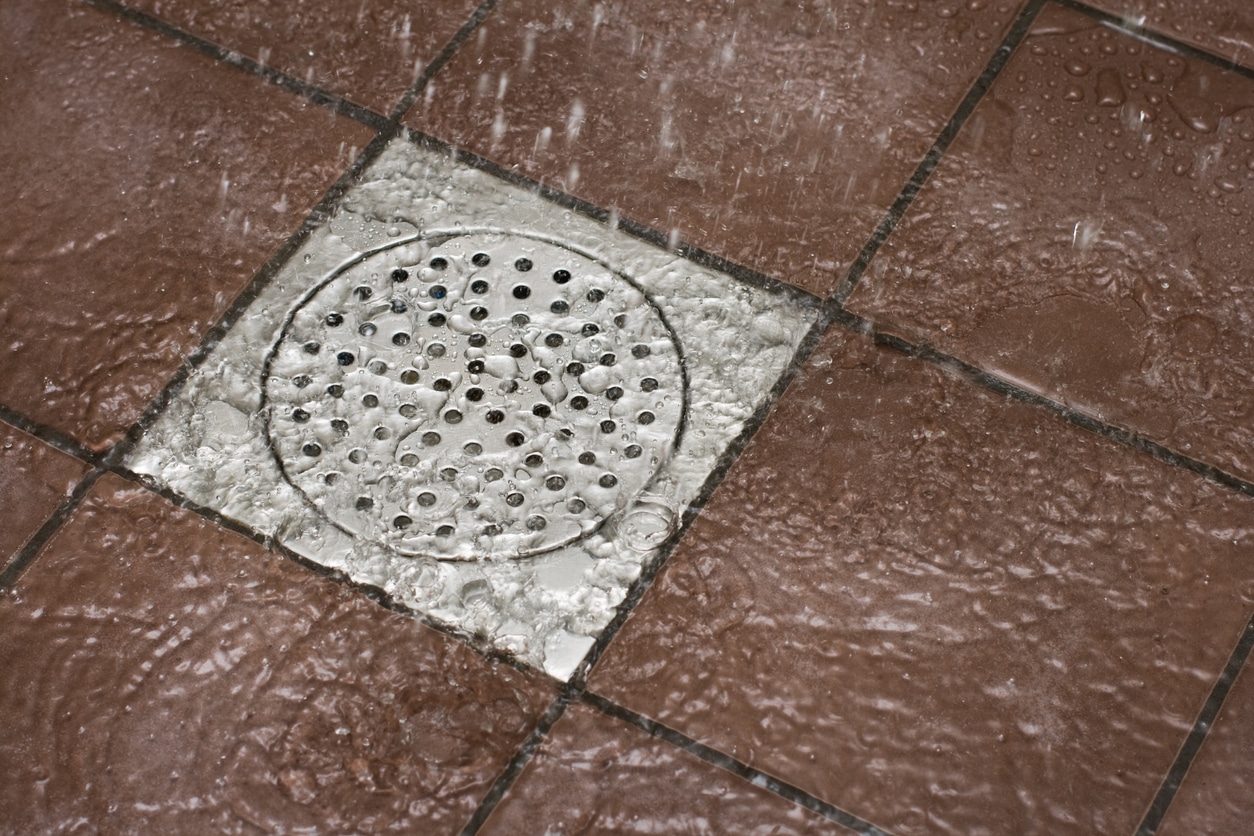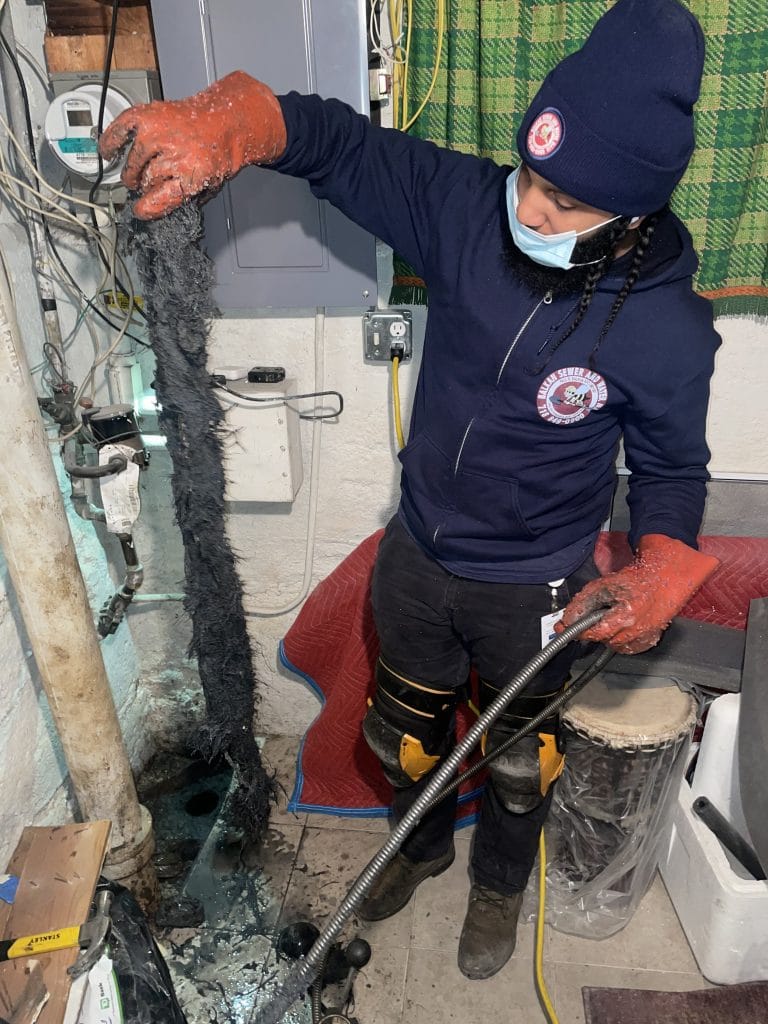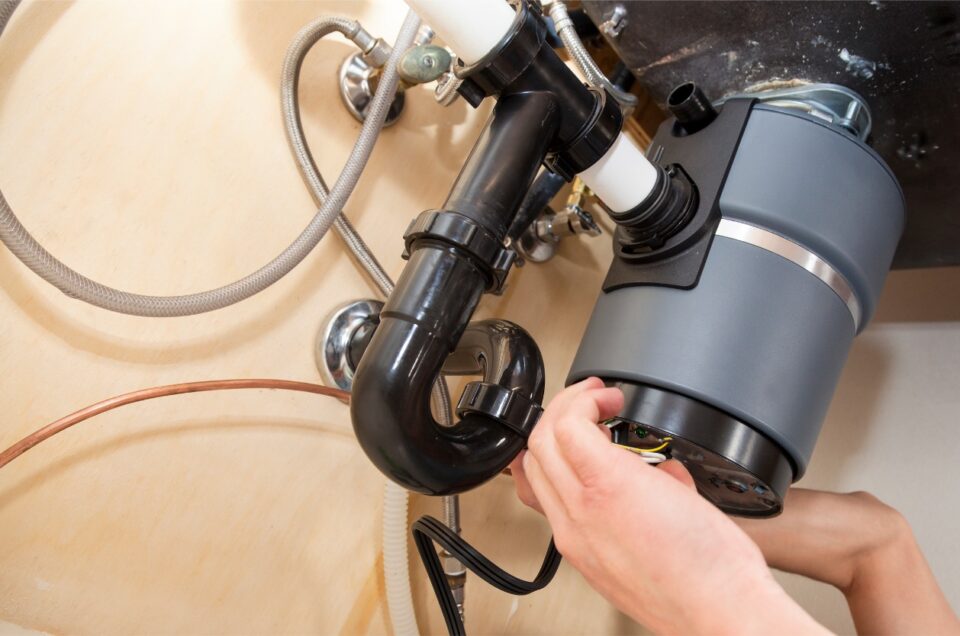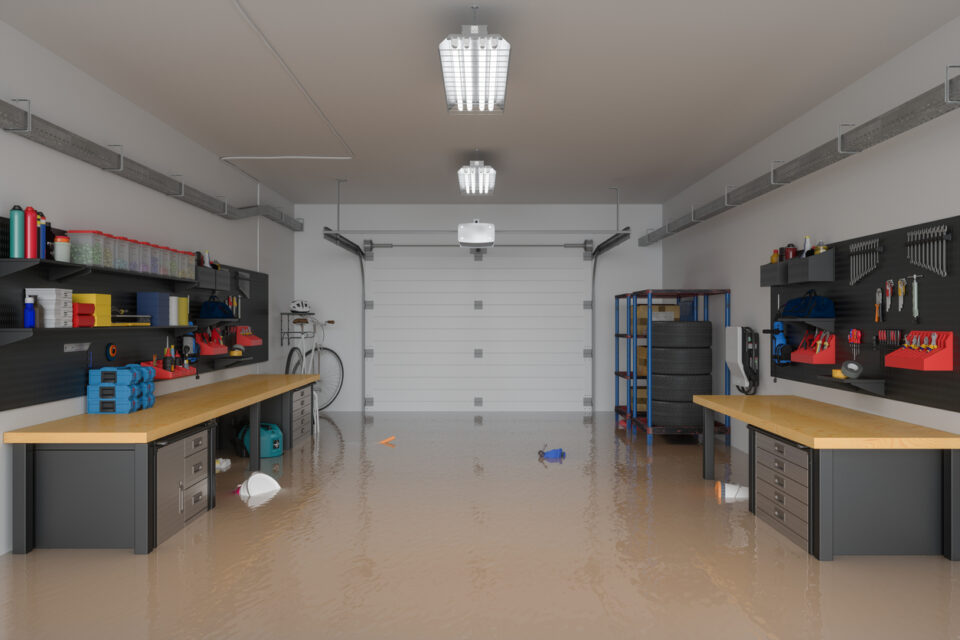Drain clogs are a normal part of life in an NYC home. We all share a sewer system and many buildings have some pretty old pipes. Your drains probably weren’t in top condition when you moved in and it often takes household teamwork to keep your home drains open and flowing. There are many potential causes for the clogs that happen on a regular basis and understanding those causes can help you to prevent drain clogs in the future.
Today, we’re talking about helpful tips for drain clog prevention. Follow all these tips to prevent clogs and your drains will clog with far less frequency and severity. For a quick review check out our video below, more details follow after the video.
10 Great Drain Clog Prevention Tips
1) The # 1 Drain Clog Prevention Tip: Never Pour Grease or Oil Down Drains
The number one rule of kitchen sink drain care is to avoid fats, oils, and grease of any kind. Don’t pour your cooking oil or bacon grease down the drain. Why? Because it solidifies into a water-tight seal down there. Hot grease may be liquid, but cold grease is not.
Even liquid oil can soak into a clog-cluster in the drains and make it waterproof – causing any future clog to be much worse. Another great tip is not to use animal fat-based soaps. Using soaps not based on animal fat is a little-known, but great drain clog prevention tip.
When you have oil to get rid of, pour it into a disposable container (like an emptied sauce jar or butter tub) and throw it away in the garbage instead. If you cook old-fashioned recipes, you can even start a bacon grease collection for making gravy or seasoning your cast iron skillet. Just don’t pour it down the drain. In many cases, water jetting (aka hydro-jetting) is required to clear a tough grease clog.
2) Flushable Wipes Aren’t Flushable & Create Drain Clogs
In general, don’t put anything but TP down the toilet, that is a simple but true drain clog prevention tip. This is especially true of wipes – whether or not they are labeled ‘flushable’. This is because wipes of all kinds are made with synthetic materials that won’t break down when wet.
That synthetic material is a swirling washrag in your drains so it’s no surprise that wipes often cause clogs. If you have wet wipes in your bathroom, make sure they get to the trashcan instead. That may seem inconvenient, but that simple step is yet another useful drain clog-prevention tip.
3) Keep a Mental Picture of How Drain Clogs Form
Honestly, one of the best drain clog prevention tips is to understand them. Visualize your pipes as a bunch of twisting tunnels with tight corners and switchbacks along the line. Imagine how grime can build up on the sides and how pieces of debris can catch to form the start of a clog that other stuff catches on.
Remember how grease can coat these clog-clusters to make them waterproof. Consider how things like hair and string can tie clog-clusters together so they can’t be broken up. Think about how sticky materials like mashed potatoes and half-melted pasta might glue clogs together, and how vegetable peels can form waterproof shields as part of the cluster.
Keeping a mental picture of your pipes and what can clog them will help you avoid choices that cause clogs in the future.
4) Sink Garbage Disposals are a Common Source of Sink Clogs
If your sink has a built-in garbage disposal, this is basically a clog-forming temptation. All sorts of stuff can go down the disposal – but that doesn’t mean the ground-up kitchen trash makes it through the drains.
Things like coffee grounds can form a type of cement in your drains while eggshells can form shards of water-proof shielding for clog clusters. It’s tempting to pour your grease, leftover pasta, and vegetable peels down the drain and just run the disposal to get rid of them.
However, if you remember what causes clogs, it’s easy to remember what NOT to put down the garbage disposal. Here’s a handy quick list for reference:
- Pasta, Rice, and Bread
- Coffee Grounds
- Animal Bones
- Nuts, Pits, Seeds, and Shells
- Onion Skin
- Stringy Fruits and Veggies
- Kitchen Trash
5) Regularly Flush Drains with Boiling Water, Vinegar & Baking Soda
Boiling water is your number one ally when it comes to clearing drains of the usual build-up. Boiling water combined with vinegar and baking soda can handle almost any mundane drain clog – and help keep your drains clean and clog-free over time.
For regular drain clog prevention, start with your largest pot of boiling water. When the water boils, add one or two cups of white vinegar. Then pour the whole lot quickly down the drain of your choosing.
You want to create some water pressure, so pour the whole pot at once. For really stubborn clogs, pour some baking soda down the drain before the hot water and vinegar. Together, they will melt or dissolve many of the most common drain-clogging substances.
6) Use Drain Catchers & Other Measures to Keep Hair Out of the Drains
Hair is the enemy of drain care because it can form hair monsters or tie up existing drain clogs so your clogs can’t break apart. In your shower and bathroom sinks, take extra measures to keep hair from constantly flowing down drains. Start with drain catchers that will prevent most hair from flowing drain-ward.
You should also brush your hair (not over the sink) before each shower so the least amount of shedding happens during your shampoo and conditioner phases. Be sure to empty your drain catchers after every shower, to be courteous to the next person bathing.
7) The Toilet is Not a Flushable Trashcan
It can be very tempting to use the toilet as a go-to trashcan. It just carries small trash right out of the bathroom, right? Not so. The toilet isn’t a magical trash portal, it leads to your NYC drains and eventually to the sewer line.
Anything you put down the toilet can cause a clog for you or, worse, an eventual neighbor. Makeup pads, wet wipes, and sanitary items (especially those with a string) should never go down the toilet. Make use of your bathroom trashcan instead.
8) Save Vegetable Peels and Egg Shells for the Compost Heap
Whether or not you have a garbage disposal, you might have learned to push your meal trimmings down the sink. Vegetable peels and eggshells are among the most common clog-causing sink debris. These each form a water-tight seal even in small pieces, making them prime material for a growing clog-cluster in your drains.
If you compost – or want to start – save non-meat organic trash for a little compost pile or bucket or barrel instead.
9) Clean Out Tubs and Drain Stoppers Regularly
Drain stoppers are those cool post-and-top things in your drain that can be used to seal the sink or keep fingers out of the tub drain. However, they tend to catch hair and become their source of clogging. Every few weeks, pull up drain stoppers and clean the hair off their hooked undersides. This will seriously reduce your near-drain clog frequency and it’s easy to do.
10) Mind Your U and P Traps
Last but not least, know your traps. S-traps and P-traps are common underneath sinks. They can sometimes save a lost ring or piece of silverware before it flows down into the sewer, but they can also serve as a choke point for clogs. If you know how to switch off the sink’s water line and empty a trap, you can fix or prevent a lot of household clogs.
After Drain Clog Prevention Fails: Your Best Local Drain Cleaner
Do you have a clog that can’t be beaten with conventional measures like flushing and trap clearing? After drain clog prevention has failed, we can help. The Balkan Drain Team and Balkan Sewer and Water Main Service specialize in New York City drains and the challenges they pose to local residents.
Guaranteed Service Response Times and On-Site Sewer & Water Line Assessments
Contact the Balkan Drain Team today for a free plumbing assessment and drain cleaning services you may need. Until then, these drain clog prevention tips should help reduce your frequency of drain clogs over time.




